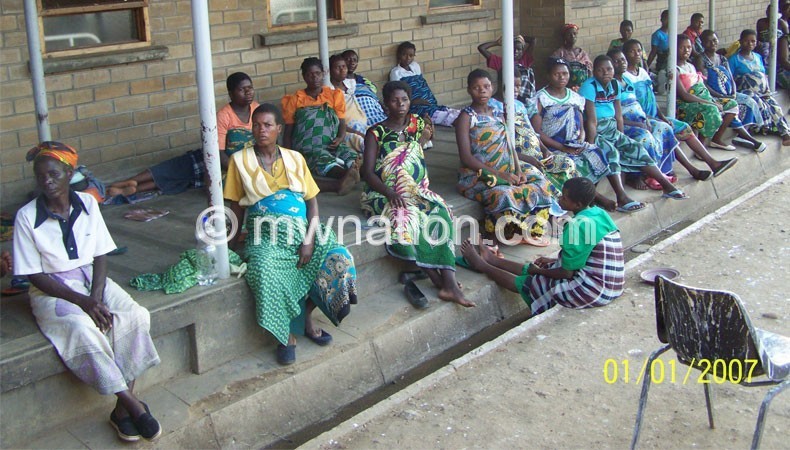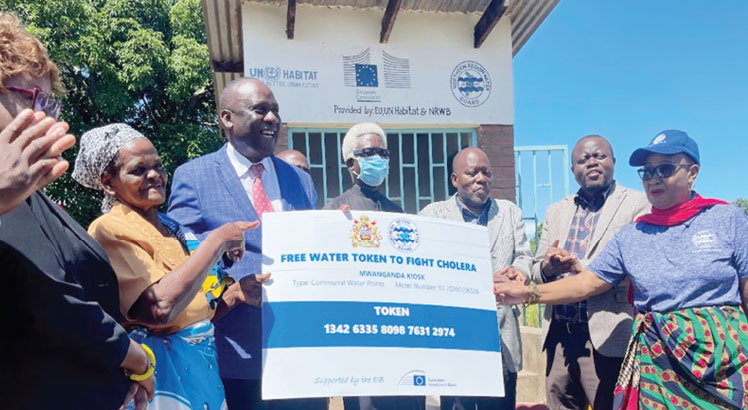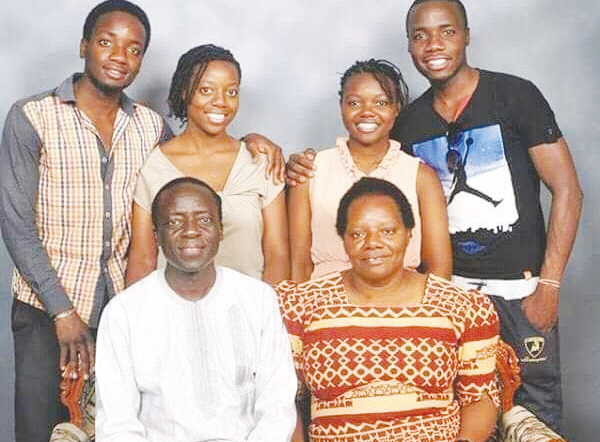War of attrition: The HIV & Aids front revisited

Malawi has had its fair share of positive developments and exciting prospects; some unwelcome distractions from the course of national development, harsh disasters pulling vulnerable people back and intractable challenges of the type which refuse to dissipate.
Among its challenges is the emergence of the dual HIV and Aids epidemics which today still remain confounding. The epidemic has become a war of attrition, killing and destroying people, institutions and community resilience, effectively exacerbating poverty.
Millions of kwachas burnt out in responding to the epidemic have yielded a lot. While Malawi has reversed the rise of infection, it has not slowed it down or eliminated its harsh impacts on individuals, organisations and communities. The experience since the declaration of war in the mid 1980’s, where we are today and where we should be going is the subject of this special analysis.
—The early years: 1985-1990—
The initial five years after the first Aids death at Queen Elizabeth Central Hospital (QECH) in 1985 were years of dangerous inertia. Malawi passed through years of denial, disbelief and confusion; aggravated by a steeply conservative culture in matters of sex and sexually transmitted infections (STIs).
President Hastings Kamuzu Banda, himself an avowed conservative, remained mum over a little known threat that would soon besiege the whole population. Such silence and denial was in marked contrast to Uganda where the response received early impetus by public admission of the epidemic by President Yoweri Museveni.
A culture of silence and condemnation of those infected, mustered by politicians, faith leaders and moralists became a dangerous self-inflicted injury that slowed down efforts. Meanwhile, the virulent type 1 Aids causing virus spread silently in the sexually active population. By 1990, up to 23 percent of pregnant women tested at Queens carried it.
The initial attitude generated fear. It bred widespread misinformation and fuelled violent condemnation of girls and women labelled as reservoirs of the virus. None of the experts at the time imagined that Malawi faced a drawn out war of attrition to last three decades without any prospect of ceasefire. Today, 30 years later and 10 percent adult prevalence, it has painfully dawned on experts that the war could last a generation.
Pressure from national and international public health experts culminated in the formation in 1989 of the National Aids Control Programme in the Ministry of Health. Unfortunately, by both design and location, the programme defined a medical health sector response precluding sociological, cultural and economic determinants, which would later prove to be central to vulnerability, infection and access to support systems.
—Years of accelerated action: 1990-2000—
During this period, Malawi embarked on institutional and systems development to diversify, accelerate and expand the response. In addition to increased multi-media communication, Malawi invested in supporting community action through formation of various civil society organisations (CSOs), among them associations for people living with the virus and advocacy networks of infected persons.
These developments galvanised grassroots action and for the first time, moved efforts from national level to people directly infected and affected. The participation of CSOs increased the scope and diversity of communication and provided the platform to engage vulnerable people particularly women and young people.
In the same period, Malawi carried out nationwide community conversations in 20 districts to mobilise people to action, develop capacity to tackle the epidemic with greater confidence and garner data for the first formal strategic plan for the period 2000-2004. In addition to activating grassroots, the process further mobilised private, public and CSOs illustrating what action these could take towards a multi-sector response to a generalised epidemic that threatened to bring the nation to its knees.
A major result of this process was the engagement of faith organisations hitherto in the fringes of action and instead fuelling stigma, isolation and violence against people living with the virus; orphans and even widows.
—Years of consolidation: 2000-2010—
The landmark in this period was the formation in July 2001 of the National Aids Commission (Nac), which was instrumental in defining national strategy, policy, coordination and resource mobilisation. Malawi obtained $196 million (K8 billion at present exchange raes) from the Global Fund and from 2003, began to diversify Aids action around prevention of transmission, antiretroviral treatment, improved health care, home based care and impact mitigation.
The commission was equally instrumental in the formation of the Aids unit in the Ministry of Health to lead the treatment track, expand testing facilities and improve infrastructure for the prevention of mother-to-child transmission (PMTCT).
To capacitate less active sectors, the commission facilitated formation of Malawi interfaith Aids Association (MIAA) and the Business Coalition Against Aids. It provided financial and technical support to advocacy networks, Aids support associations and organisations in capacity development; grants were awarded to hundreds of non-State actors and community based organisations, effectively decentralising the response.
Investments made through the commission have led to increased public knowledge of the spread, prevention and impact of the epidemic while its advocacy with government resulted in allocation of public resources to the commission, in addition to financial support to public servants living with the virus.
A major outcome is that prevalence of the virus has dropped from 14 percent in 1998/2000 to 10 per cent in 2014. Further resources for Aids action have supported training medical doctors, nurses and other health cadres to strengthen the health system and enable it deal with demands of treatment, care and support.
—The years of critical reflection: 2010-2015—
The period after 2010 has shown a decline in the performance of the national response and the commission demanding critical reflection that should re-invigorate the response. Malawi has made advances in treatment, but many people agree that numerous eligible patients and in particular children are not adequately reached with treatment.
Treatment has advanced with nearly 500 000 people on therapy, but the same cannot be said of behaviour change. Treatment contributes to prevention of transmission, but more needs to be done to mainstream prevention focusing on high transmission areas, high risk populations— including married couples and people living positively. In any case, the number of treatment represents only 50 percent of one million eligible people, worse for children.
There is the risk that a multi-disciplinary response could degenerate into a single thrust bio-medical response. An independent review carried out for 2008-2009 showed that resources for behaviour change interventions declined from $2.4 million to $0.87 million; support to orphans dropped from $7.8 to $4.7 million while investment into social protection and impact mitigationfell from $4.8 to $1.8 million.
The general trend has been that of decline and reduction even in preferred bio-medical components. During the same period, resources for HIV testing reduced from $7 million to 3 million; PMTCT declined from $4.4 million to 3.6 million while funding for training and capacity development plummeted by a whopping90 per cent from $2.5 million to 0.94 million.
Mainstreaming efforts and aids action in the public sector have lost impetus. Work place activities have faltered in many ministries and the commission’s liaison with the sectors has decreased. Advocacy and engagement of faith leaders, politicians and other people of influence on social and moral behaviour has not been sustained. Neither has the private sector sustained its diligence as shown by the recently reported case of the railway sites construction through Mwanza and Liwonde. The once vibrant grassroots response by community based organisations has waned.
Government contribution to national response is relatively low, making the response donor dependent and risking slow-down, given economic challenges and competing demands on donor purses, corruption among politicians, public servants and political interference with the commission.
The war continues. Success will require greater commitment and efficiency.





